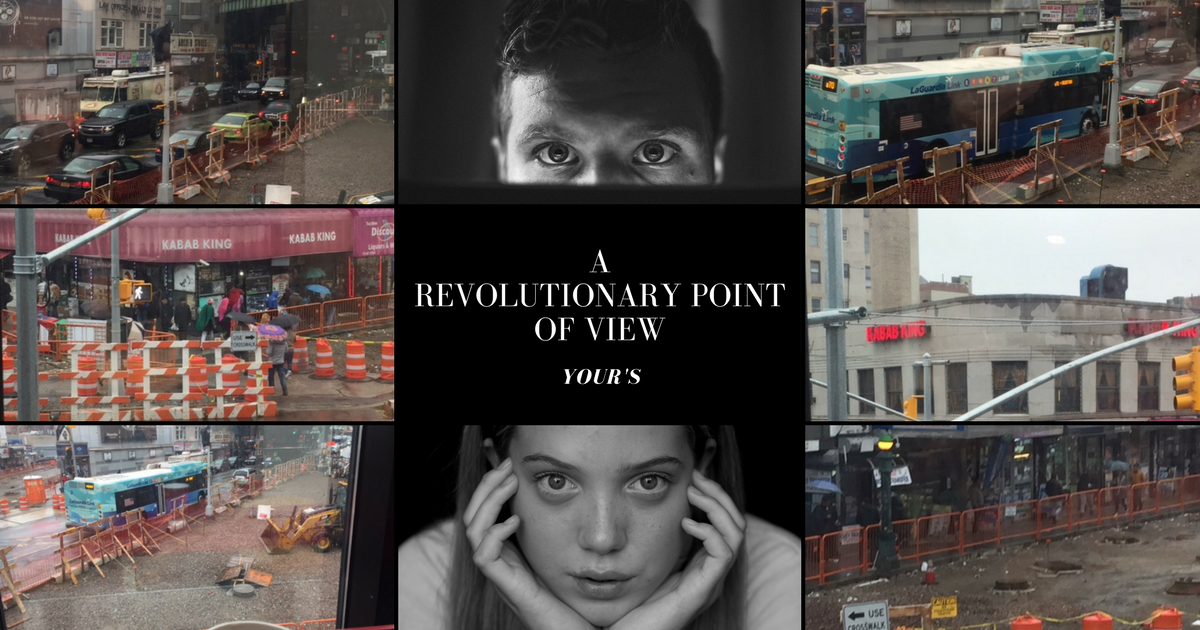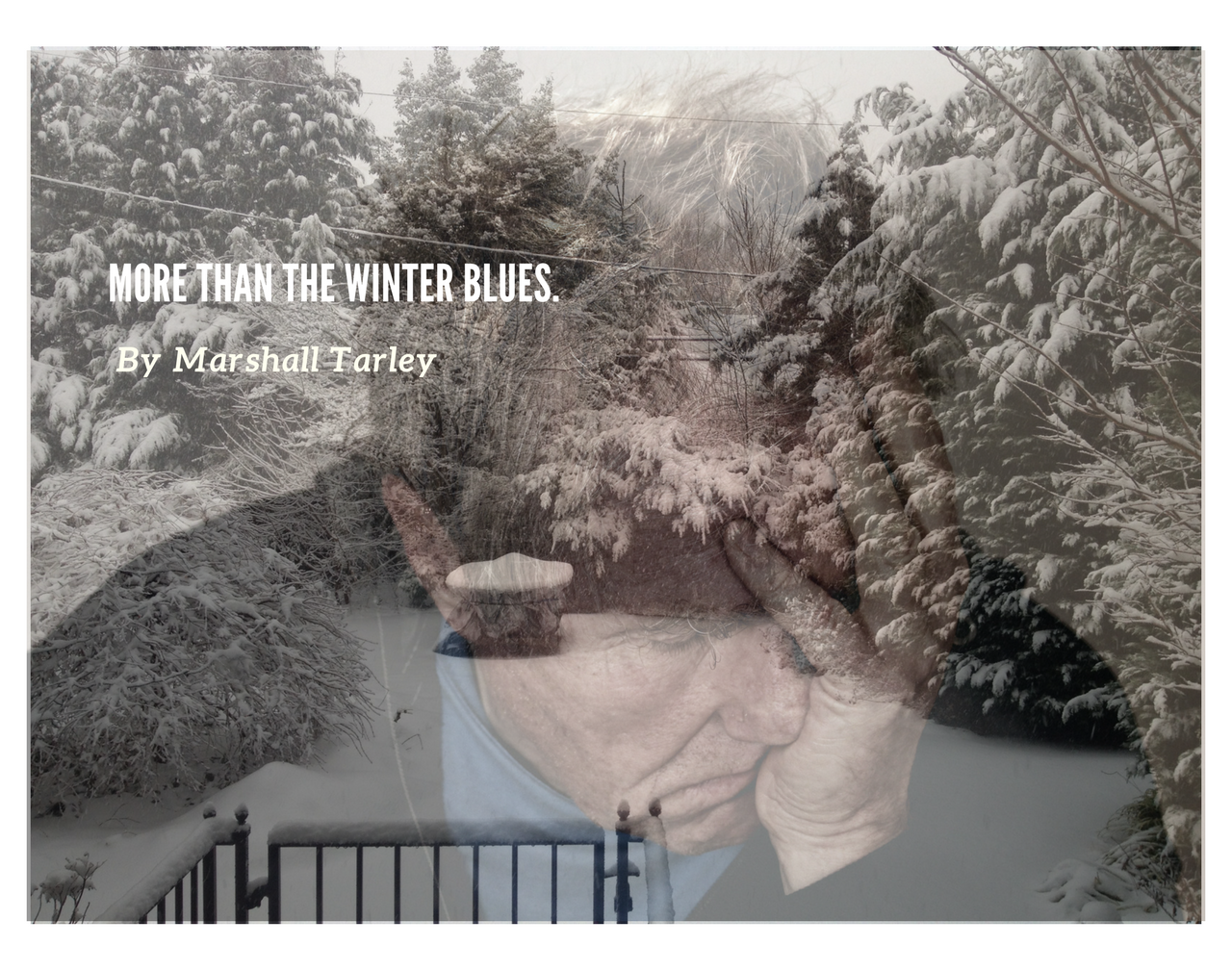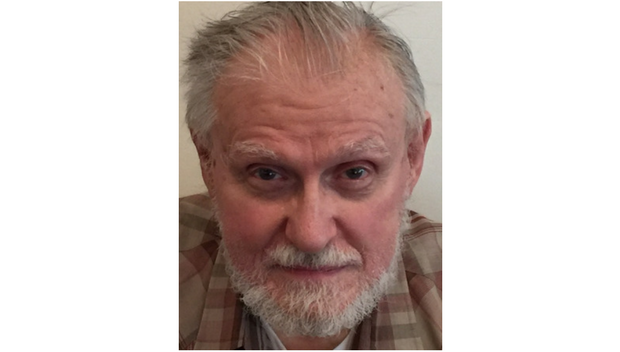A Revolutionary Point of View – “Your’s”
A new Wendy’s opened in my neighborhood…actually, not that new; it’s been there more than a year.
I haven’t set foot in a place like that in a long long time, but I was deliberately meaning to go into this one. Today I did. I heard they had a fireplace and a balcony level, and I wanted to see the view.
“The Most Fatal Illusion is the Settled Point of View” – Brooks Atkinson
The patterns we’re accustomed to are comfortable for us and get grooved into our brains. Just looking at the same old scenes from a different vantage point can change everything. Why? Because, for most of us, the thoughts and feelings we associate to the scenes in our lives are deeply embedded in our brains and in our nervous system. That may be fine, but what if we’d like to change them, what if we’d like to just realize them, recognize them, know that they’re here and then make a decision how we’d like to think and feel about it.
I never realized the Kabab King sign was so red. I never knew it was the Archer hardware store. Or, how gritty the street scene is along the subway el, especially in the rain. I had a cup of coffee, black. Tastes change and it’s long since fast food appealed to me.
“There is No Terror in the Bang, Only in the Anticipation of It.” – Alfred Hitchcock
The importance of this exercise, however, should not be missed in my whimsical musings (though whimsy and musing have their own precious value). Let me share a story that taught me a valuable lesson very early in life.
I was in parochial school. No, not Catholic School, but what is called a yeshiva, a Hebrew religious school. It was early in the school year, fourth grade, and I was terrified. I had a teacher who could aptly be described as a raging maniac. When she was calm, she was actually a good teacher. But, if a student made an error or misbehaved in even the slightest way, she flew into a rage of screaming and smacking and shaking the student, her stringy red hair flying back and forth, her wrinkly face scrunched, her glasses shaking half off her face. I remember two kids who were so nervous; they threw up every day in the schoolyard before class started. Most of us just sat there in fear. But, one day, as Mrs. Kopelman flew into a rage of screaming and ranting, I happen to look to my right, and way over on the other side of the room, there was a kid laughing, or I should say, doing everything in his power to keep from bursting out laughing. I was completely confused.
“Until you are willing to be confused about what you already know, what you know will never grow bigger, better, or more useful. Enlightenment is always preceded by confusion.” – Milton Erickson
When we got outside for recess, I couldn’t wait to go over to him and ask, “What’s so funny!?!”
He looked at me with a big smile and said, ”Are you kidding? Look at her! She’s a riot.”
I never looked at her the same again. When we got back into class and she went into another rage,
I looked at that kid across the room, and I too had everything I could do to contain myself, to not burst out laughing. And, so it was for the rest of the school year. Of course, every once in a while, when I was the focus of her rage, it was not so funny. But, all the rest of the time, my point of view had changed, as had my reaction – my thoughts, my feelings. I was no longer terrified. “Are you kidding!?! She’s a riot.”
“Play is the only way the highest intelligence of humankind can unfold.” –Joseph Chilton Pearce
Of course, no child should ever be put in that position. In our everday lives, however, there are endless ways to play with this dynamic and discover new points of view…and, I do mean discover, because, when we uncover the crazy way we have learned to look at certain things, you just may find something that needlessly causes you pain, is suddenly innocuous, even funny. All you have to do is imagine you are looking at the same situation from another part of the room or through someone else’s eyes. Let me give you an example.
I was talking to someone at a party. To my surprise, he started complaining about his wife. Some of her little idiosyncrasies drove him to distress. He was quite disturbed – the way she would fold some of the laundry but not all of it; kitchen issues; really small things and a litany of them. He talked about how they would get into nasty arguments about it. “Why does she have to do these things?” he protested.
I calmed him down and made a little suggestion. “Why don’t you close your eyes, just for a moment.
Now, in your mind’s eye, place yourself in the kitchen, right when one of these exchanges is about to start. Okay, lift yourself out of your body and place yourself into your wife’s viewpoint and watch the exchange through her eyes.”
He opened his eyes rather quickly. “What a jerk I am,” he said. (He didn’t really say jerk. He used stronger language.) He was embarrassed. He had such conviction before about the inanity of his wife. Suddenly, he realized how ridiculous it all was.
Try it, playfully. Take any situation, and place yourself at another viewpoint – across the room or actually seeing it through someone else’s eyes. It’s interesting. It’s fun. Sometimes, it’s hilariously funny.
And, it just may offer you some piercing new insights.



